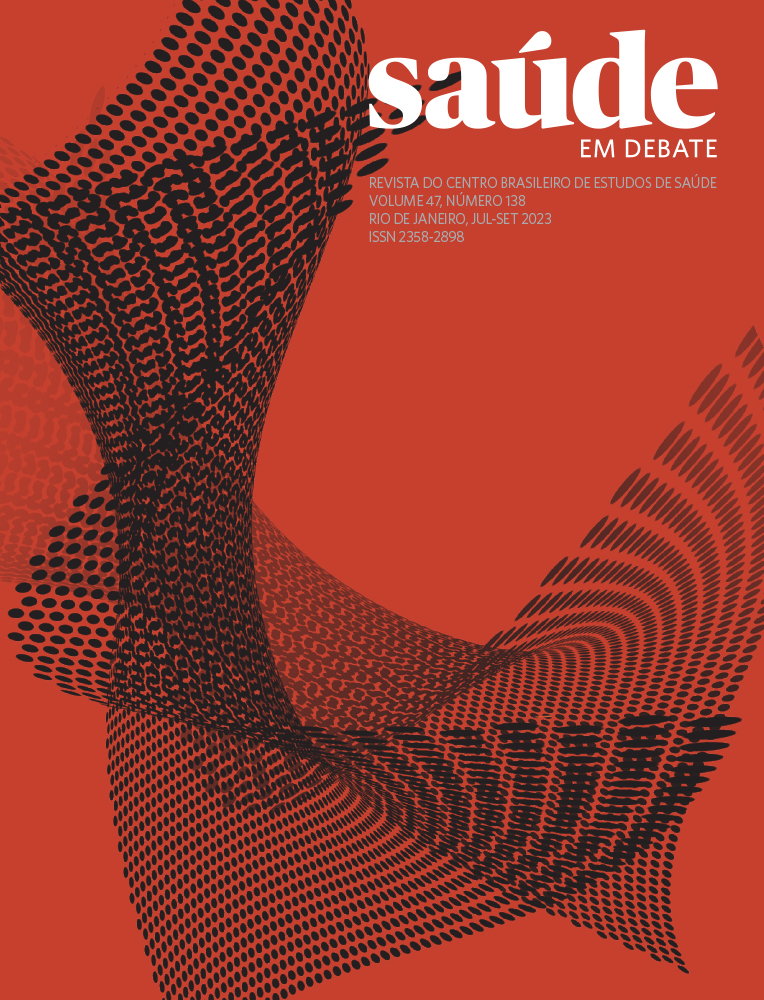Spatial and temporal patterns of infant mortality and its components in Rio de Janeiro
Patrones espaciales y temporales de la mortalidad infantil y sus componentes
Keywords:
Infant mortality. Epidemiology. Longitudinal studies. Multilevel analysis. Spatial analysis.Abstract
Objectives. The study aims to assess the trend of neonatal, post-neonatal, and infant mortality from 1996 to 2020 within the metropolitan region of the state of Rio de Janeiro and other regions. Methods. Ecological study using the region as analysis unity. Data were accessed from the Mortality Information System and Live Birth Information System in the capital Rio de Janeiro, in the neighboring areas of Niterói, São Gonçalo, Baixada Fluminense, and the remaining regions of the state of Rio de Janeiro State. We applied Poisson multilevel modeling, where the models’ response variables were infant mortality and its neonatal and post neonatal components. Fixed effects of the adjusted models were region and death year variables. Results. During the 1996-2020 period, the Baixada Fluminense showed the highest infant mortality rate as to its neonatal and post neonatal components. Niterói showed the lowest adjusted risk of infant mortality and its neonatal and post neonatal components. Conclusion. Baixada Fluminense showed the highest mortality risk for infant mortality and its neonatal and post-neonatal components in the metropolitan region. The stabilization in mortality rates in recent years was identified by the research.
Downloads
Published
How to Cite
Issue
Section
License
Copyright (c) 2023 Saúde em Debate

This work is licensed under a Creative Commons Attribution 4.0 International License.


















